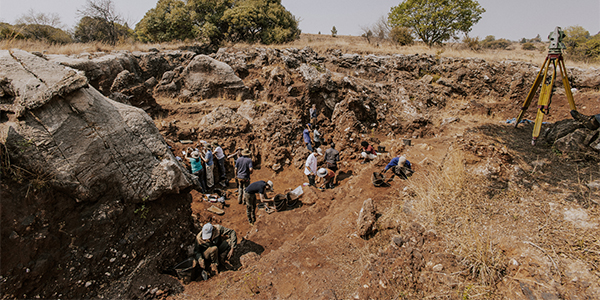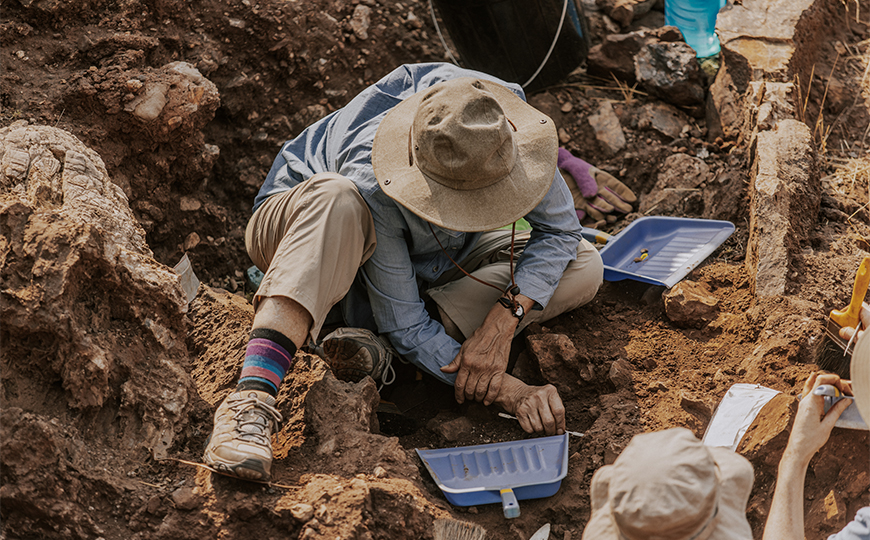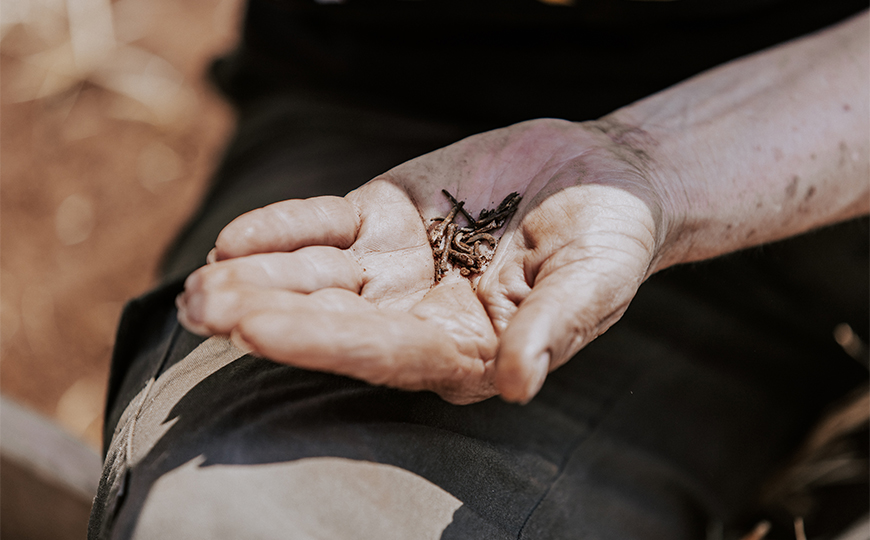Paleontology vacations unearth SA's rich fossil heritage
- Wits University
GENUS Africa and Ancient Odysseys have partnered to provide immersive paleontology vacations in South Africa.

South Africa’s wealth of natural and cultural heritage sites is a focal point for tourism. GENUS Africa and Ancient Odysseys have partnered to offer an immersive way for travellers to experience this rich history firsthand through two paleontology dig vacations.
These unique expeditions give participants a chance to not only witness groundbreaking scientific work but also actively contribute to the field of paleontology. These trips provide an opportunity to connect with South Africa’s remarkable fossil history while supporting conservation efforts, local communities, and research initiatives.
The Cradle of Humankind hominid dig
One of the offerings of this partnership is the Cradle of Humankind Hominid Dig, set within a UNESCO World Heritage Site where 40% of the world’s human ancestor fossils have been discovered. This site, located just outside Johannesburg, offers participants a unique opportunity to engage in ongoing paleontological research at one of the most significant hominid-bearing sites in the world.
Participants work at the Kromdraai excavation site under the leadership of Professor José Braga from the Universities of Toulouse, who also serves as the Director of archaeological excavations at Kromdraai. Here, they contribute directly to the discovery and preservation of fossils dating back millions of years. Over the course of five days, participants engage in excavating, sieving sediments, and preparing fossils under the supervision of Prof. Braga, all while learning about the importance of preserving SA's natural heritage. This fossil-rich site guarantees that every participant uncovers significant hominid and animal fossils.

One of the highlights of the Cradle of Humankind trip is a visit to the Evolutionary Studies Institute and the Origins Centre Museum at Wits University. Here, participants meet with Dr Bernhad Zipfel, palaeoanthropologist and curator of the Fossil Hominid Vault, who provides a behind-the-scenes look at the university’s fossil collections, including iconic specimens like the Taung Skull and Little Foot. This is followed by a workshop on the ancient use of ochre, led by Dr Tammy Hodgskiss, giving participants a chance to engage with the deep cultural history of southern Africa.
The Karoo fossil dig
Similarly, the Karoo Fossil Dig offers a deep dive into Earth’s distant past. Set in the Karoo region, this expedition focuses on fossilized remains of 420 million-year-old ancient fish and early four-legged tetrapods from the Devonian. This dig provides an unparalleled opportunity to explore one of the richest fossil beds in the world.
One participant who travelled from the United States of America for the Cradle of Humankind vacation dig said she was fulfilling a childhood dream: "I grew up reading about the great discoveries, like the ones here in Sterkfontein and when Lucy was discovered. So I've always held an interest in this field and when I found this opportunity I was thrilled", said Pamela Trench.

Another participant, Gretchen Marks, who travelled from Ireland, said it was a great excuse to get her hands dirty: "I've already found a bunch of small mammal bones. It's just been so exciting to learn the techniques of excavation and learn from professionals in the field".
The importance of responsible tourism
At the heart of these paleontological vacations is the concept of responsible tourism. The 2002 Cape Town Declaration on Responsible Tourism emphasizes generating economic benefits for local people, contributing to the conservation of natural and cultural heritage, and providing meaningful experiences for tourists. Both the Cradle of Humankind and Karoo fossil digs give participants a deep understanding of the local cultural and natural landscape while fostering connections between travellers, scientists, and local communities.

